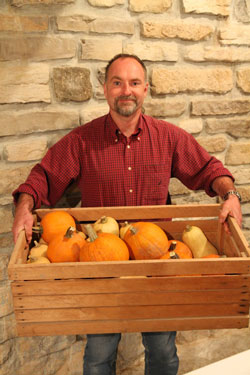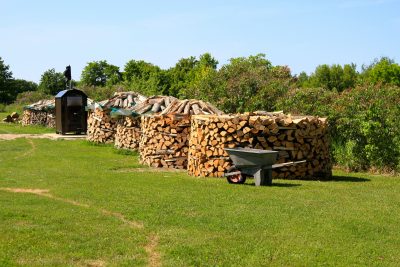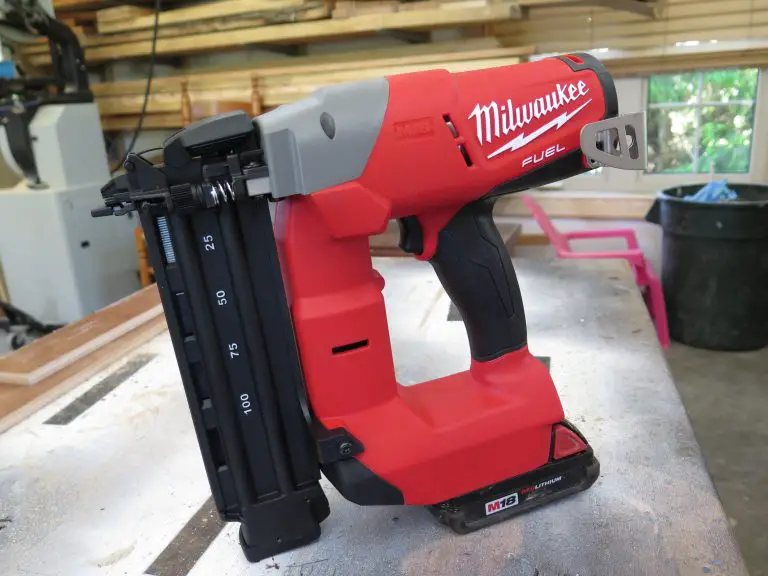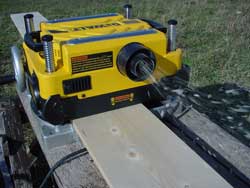
I don’t know about you, but whenever I go to any store, I’m reminded of how many things must come together to give us all the items we need in our modern world. Hurricane Dorian is a reminder of how quickly things can slide into trouble. Food, clothes, fuel, tools, vehicles, health care, medicine, running water, electricity and more – they’re all normally available in abundance for everyone who has money to pay. But will things always stay like this? Of course not. Nothing in life ever does. And for every new advance in the abundance and convenience of the goods and services we depend on, we’re also one step closer to being completely dependant on those same conveniences and abundances – completely dependant and completely helpless in their absence.
How Self-Reliant Are You?

I know I’m not the only one who has concerns about survival and preparedness, but concerns alone don’t do anything to protect our families. For real protection to happen, you need to take action to prepare when it’s still possible to actively do something. So what have you done to make your household more resilient than average in times of trouble? If you’re the leader of your household and don’t make preparations, then who is going to do it?
Here at our place we’ve done quite a few things to boost self-reliance over the years. I’m always working on others. We have months worth of food stored in our basement root cellar and freezers. We rotate this food into use, replacing it with fresh supplies as we do. We also have a number of generators and lots of fuel in storage, too. There’s a hand-operated water pump on our well that delivers clean, fresh water without the need for electricity. It’s installed on top of the steel well casing, alongside an electric submersible pump within the well that delivers pressurized water under normal conditions. See the installation video below. If power stops for weeks or months, at least we can get basic volumes of water by hand. What would you do if your municipal water supply stopped working or it became unsafe to drink? If municipal sources of drinking water shut down, every city in the world becomes nothing more than a huge, dry desert.
Self-Contained Heating Fuel

If you live in a place that gets winter, another issue is heating fuel. This is especially important in cold climates as winter is coming. You may never have thought of this before, but all types of home heating fuel can be categorized into one of two groups. A remote fuel source relies on the continuous supply of energy from sources off of your property. Electricity and natural gas are both heat sources that depend on outside workers, power lines, gas plants and pipelines to continue. A disaster hundreds of miles away can leave you without heat. You’re vulnerable.
By contrast, “self-contained” heat sources are stored directly on your property. Firewood, propane and oil are the three main forms of self-contained heating energy. If a power failure, an ice storm, impassable roads or social unrest shuts down the systems that deliver remote heating fuel sources to your home, self-contained heating energy can still keep working. How self-contained is your property from an energy point of view? Besides having heating fuels on site, an off-grid energy system is the ultimate disaster-resistant system.
How Skilled Are Your Hands?
Ultimately, the most important preparation is manual skills coupled with the tools that let you use those skills. The more you can do yourself, for yourself, with your own hands and your own tools, the better off you’ll be. That’s because all the preparations in the world are not enough on their own. Disasters are always unpredictable and skills let you roll with the punches, with a decent chance to come out on top. Most people become completely helpless when the foundations of life start to break down, but it can be different for you. In fact, if you’re a practically-minded person, I’d argue that you have an obligation to become prepared.
When I began intentionally building my self-reliance skills in the mid-1980s, there were three main places to find know-how: magazines, books and in-person courses given my experts. I learned a ton from my 36″-tall stack of old Harrowsmith magazines. I gained a lot by reading the Firefox series of books on old-time self-reliance skills. Local community colleges offered evening classes that I took on beekeeping and other backwoods skills. These days, it’s easier than ever to learn from experts as the whole online course phenomenon takes off in a big way.
Save 95% on Self-Reliance Training
Earlier this week I told you about a self-reliance training opportunity that’s going on until September 17. It’s called the OFF-GRID SUPER STACK, and it’s a chance to buy a collection of the top 25 self reliance courses and ebooks for $49 USD. That’s a 95% discount compared with buying each item separately. My own course on designing and building a solar-and-wind energy system is part of this course, as well as a second course of mine on storing survival food: FEED YOURSELF FOR A YEAR.
Some of the other courses included in the OFF THE GRID SUPER STACK collection are:
- Building a Cob Style Rocket Mass Heater by Paul Wheaton
- How to Start Homesteading by Annie Lewellyn
- Hide Tanning eBook by Natalie Bogwalker
- How to Make Your Own Natural Soaps by Heidi Villegas
- Food Storage Master Class by Charisse Merrill
- Simple Way to Knit Socks by Maryna Shevchenko
- Survivalist Prepper Academy – 1 year membership
- Going Off the Grid: The how-to book of simple living & happiness by Gary Collins
- Wilderness Survival Course by Joel van der Loon
- Family Survival Guide by Mykel Hawke
Click here to check out the entire Super Stack collection. To be honest, not all of the courses are of interest to me (and probably not you), but others more than make up for this. Take a look and you decide if the Super Stack makes sense for your self-reliance preparations.













